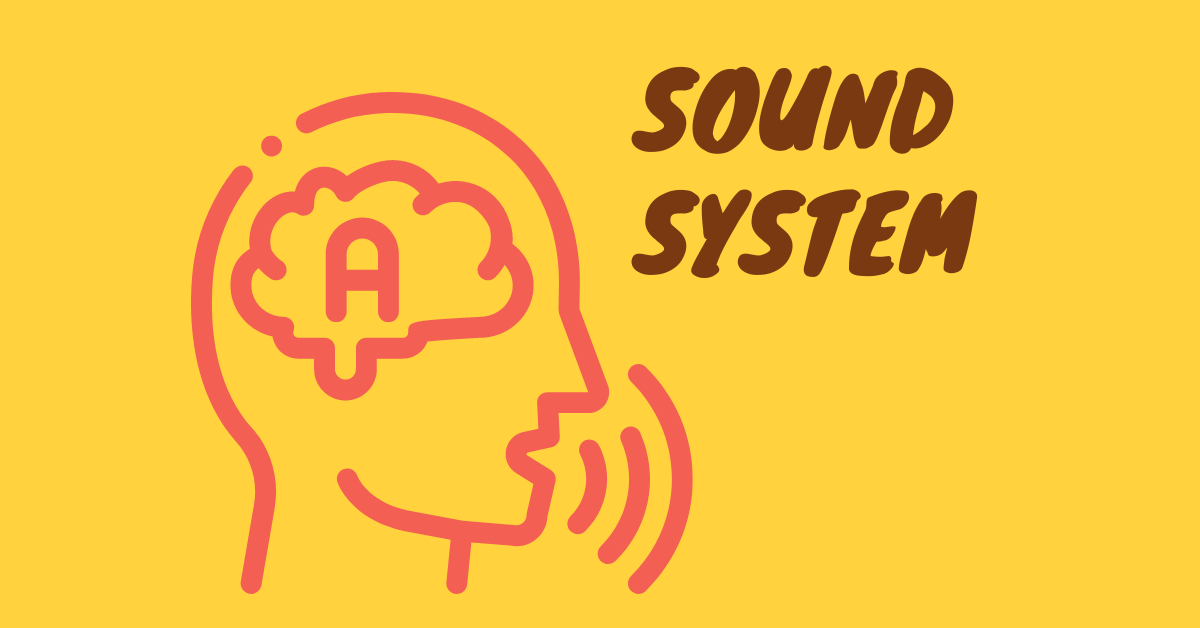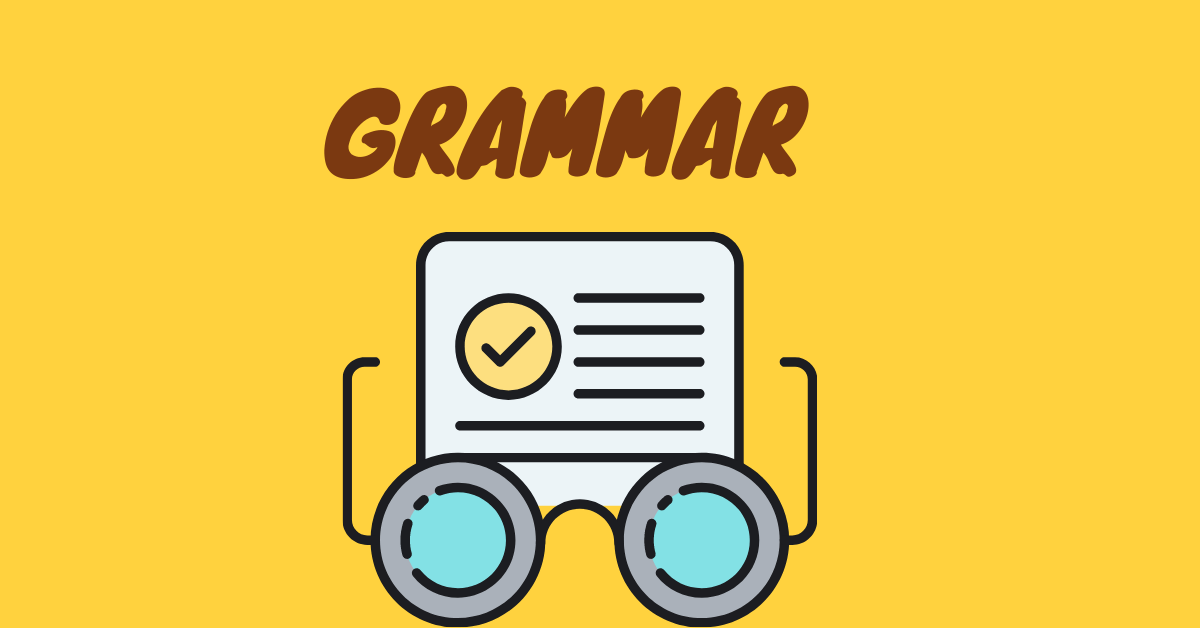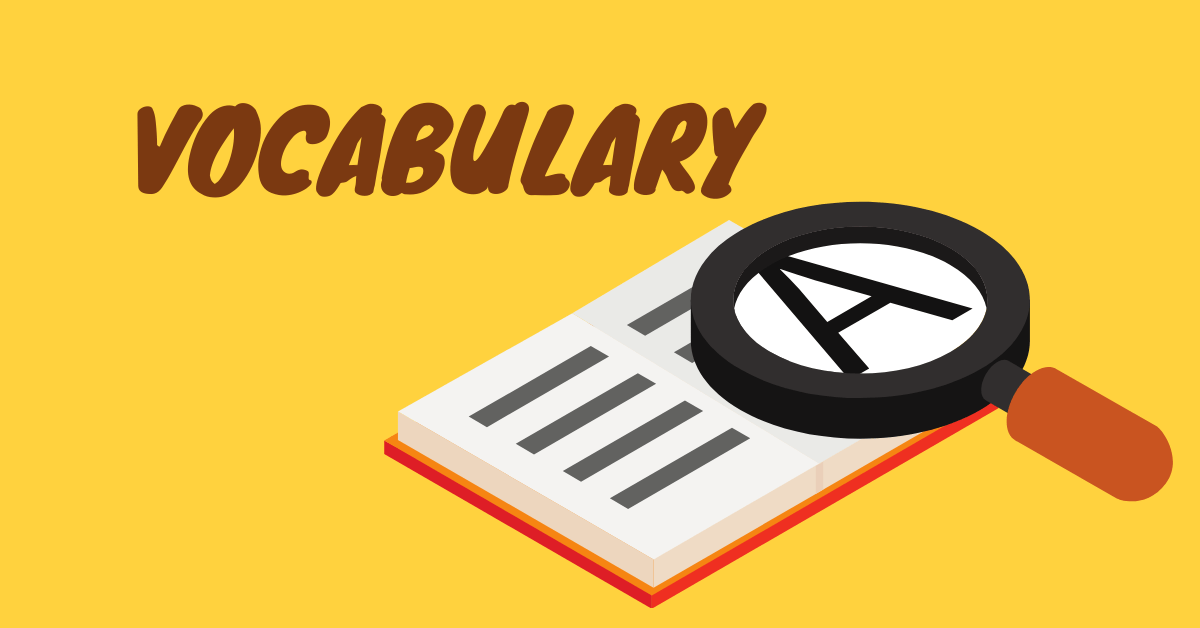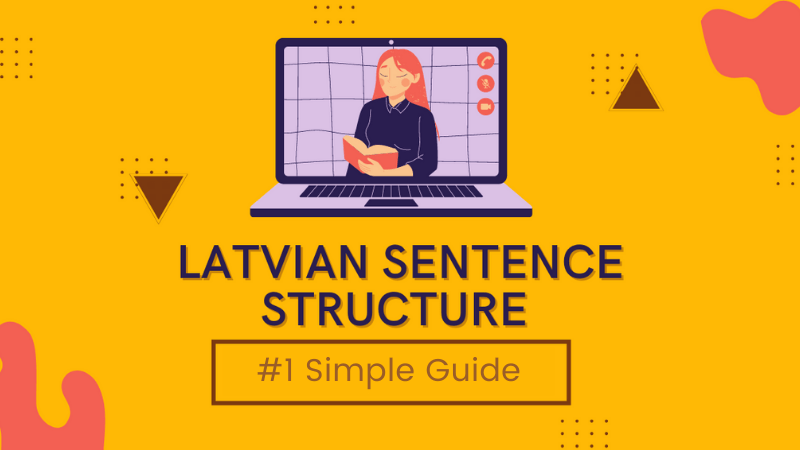Learning a new language means having a new soul! So, Learn the basics of Latvian sentence structure and master yourself in your targeted modern and international language.
Latvian, also known as Lettish, belongs to the Baltic branch of the Indo-European language family. Approximately 1.5 million people in Latvia use it. It is also used in Australia, Belarus, Brazil, Canada, Estonia, Germany, Lithuania, Russia, Sweden, the United Kingdom, Ukraine, New Zealand, and the United States. Ethnologue estimates that approximately 1.7 million people worldwide claim that Latvian is their primary language.
Although the closest relative of Latvian is Lithuanian, the two languages cannot understand each other. Both are believed to have evolved from a hypothetical common ancestor and are called primitive Baltic Slavic languages. Further, both Lithuanian and Latvian retain many of the characteristics of primitive Indo-European languages, especially in their noun systems. Of these two languages, Lithuanian is more traditional and retains more ancient forms than Latvian.
Status
The Latvian language is the official language of the Republic of Latvia. It gained its status in 1989, two years before the country gained independence from the former Soviet Union in 1991. Today, the Latvian language is used in all official spheres of activity. Although Swedish, Russian, English, and other minority languages are used in radio and newspapers, it is the primary language of the media.
The Latvian language is used in the school system at all levels. In addition to the Latvian language, the university also speaks English and Russian. The Latvian-speaking population also speaks Lithuanian, Russian, Estonian, or Polish, depending on the region of the country.
Dialects
Although Latvia is small in size, Latvian has many regional dialects that can be understood mutually. There are some disputes about its classification. Latvian scholars have traditionally divided it into three groups, namely:
- High Latvian that forms the basis for Standard Latvian
- Middle Latvian
- Livonian
Latvian Sentence Structure
Here, the description pertains to Standard Latvian sentence structure.
Sound system

Vowels
Latvian has twelve vowels, which can be short or long. The length of the vowel will affect the meaning of the word. In writing, the length of the vowel is marked with a long sound (macron), for example, mājā “at home” and māja “house.” In the table below, note that the length of the vowel is marked with a colon. Also, there are ten diphthongs.
| Front | Central | Back | |
| Close | i, i: | u, u: | |
| Mid | e, e: | ɔ, ɔ: | |
| Open | æ, æ: | a, a: |
- /ɔ/ = vowel in some pronunciations of American English caught.
- /æ/ = a in bat
Stress
With a few exceptions, stress appears on the first syllable of a word. A unique feature of Latvian is its pitch-accent system; that is, the meaning of a word depends on the pitch of the vowels. With a few exceptions, stress appears on the first syllable of a word. Vowels and diphthongs have a pitch (tone). Standard Latvian has three pitches, but other dialects only have two pitches.
| Level tone | Falling tone | Broken tone |
| The throughout high syllable | Brief rise followed by a long fall | High pitch followed by a lower pitch with a break in the middle of some creaking in the voice |
| loks ‘green onion’ | loks ‘arch, bow’ | loks ‘window’ |
Latvian Sentence Structure – Grammar

The Latvian language is highly inflected with complex grammar.
Latvian Sentence Structure – Adjectives and Nouns
In Latvian sentence structure, nouns are marked for the following categories:
- Two genders: feminine and masculine
- Two numbers: singular and plural with some traces of the dual number
- Seven cases: genitive, nominative, accusative, prepositional, nominative, active, positional. In the singular, the participle is the same as the object. In the plural, instrumental and dative are identical.
- Adjectives agree with the nouns that they modify in case, number, and gender.
- Six noun declensions, three for each gender
- Adjectives have definite and indefinite endings, for e.g, veco māju ” the old house” and vecu māju “an old house.”
Latvian Sentence Structure – Verbs
Latvian verbs agree with their subjects in person and number. They are marked for the following categories:
- Three persons: third, second, first
- Two voices: passive, active
- Two numbers: plural, singular
- Three conjugations
- Three compound tenses: past perfect, present perfect, future perfect
- Three simple tenses: future, imperfect (preterit), and present
- Five moods: subjunctive, indicative, debitive, conditional, imperative (expressing necessity to do something)
Latvian Sentence Structure – Word Order
The order of neutral words in the Latvian sentence structure is “subject – verb – object.” Despite this, other orders are possible. Inflectional endings are concerned with keeping relationships and grammatical roles in a sentence clear. Word order is determined mainly by subject (the sentence or old information) and emphasis (new information). Components with outdated information precede components with new information or those with the most emphasis. Adjectives generally precede nouns that modify them.
Vocabulary

The basic vocabulary is essentially Latvian, but the language borrows heavily from Russian, Polish, Swedish, and German because these countries annexed Latvia at different times in its history. Below are some of the common words and phrases in Latvian.
| English | Latvian |
| Hello | Sveiki |
| Good day | Labdien |
| Goodbye, see you later | Ardievas. Uz redzēšanos |
| Please | Lūdzu |
| Thank you | Paldies |
| Sorry | Piedod |
| Yes | Jā |
| No | Nē |
| Man | Vīrietis |
| Woman | Sieviete |
Speak Modern Latvian Like A Native Speakers With Ling App
If you’re tired of using Google Translate or have poor speaking skills, why not search and try Simya Solutions‘ Ling-app or SimplyLearn apps to learn your target language. These language apps are designed to support your learning of different languages, regardless of your current level. So, if you are familiar with the Latvian sentence structure, why not relate Latvian essential words and phrases or love words and expressions?
The Ling app could be accessed via a web-based platform or downloaded for free so that you can learn anytime, anywhere.
On the other hand, SimplyLearn is the perfect travel companion for backpackers. It contains a complete set of phrases (with audio) that can be used for real-world interaction. So, download and log in to the SimplyLearn and Ling app, and start learning Latvian right away!





















